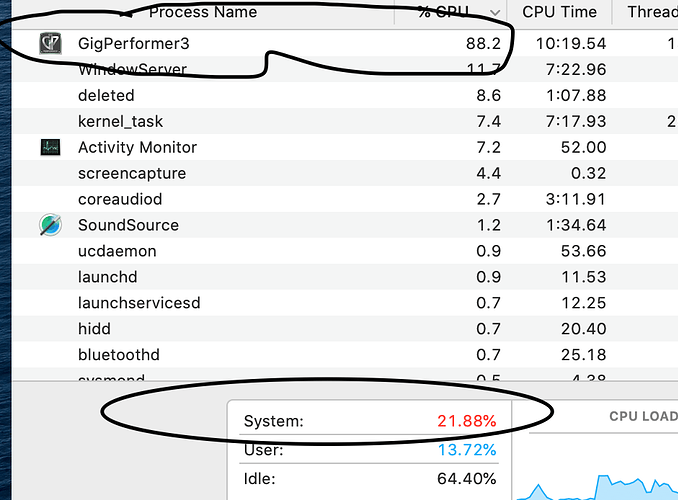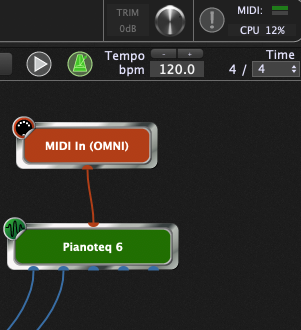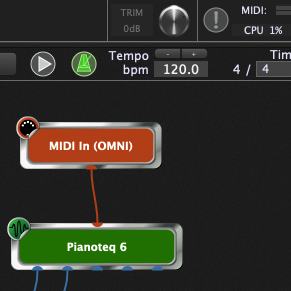Sorry for the long post.
First off, congrats to the GP guys on the collaboration with Plugin Alliance. I hope it brings a lot more people to the platform.
My current rig is various guitars (lately my go to is my Strandberg Original 6), into a Digitech Whammy DT (for whammy and down tuning), then to an Xsonic Xtone Pro to my MacBook Pro via USB then back to the Xtone which is plugged into a pair of Atomic CLR monitors. The tones are so good, the best I’ve ever gotten.
I use various plugins from Neural DSP, Mercuriall, Nembrini, Line 6 and others. For most rack spaces I run the following signal chain. Helix Native #1 for pre effects —> Amp Sim —> Helix Native #2 for post effects. For the most part I’ll run maybe 5 rack spaces per rig as anything more than that uses a ton of CPU (per Activity Monitor…more on that later). This means for any given rig I’m running maybe 10 instances of Helix native, 5 amp sims, and handful of other plugins. If I need a different combination of rack spaces, I just create a new rig and populate as necessary. The export/import rack spaces feature is really helpful in doing this by the way.
I have my audio in GP set for 44.1 and 256 samples (I read the GP article on latency…:)) on a 2017 13” MBP with 3.5Ghz Dual-Core i7 and 16 GB of RAM.
This brings me to the crux of my observation and question. My main question is if the behavior I’m seeing is normal. If not, what am I doing wrong? Here’s the behavior…
GP generally reports about 10% CPU usage for any given rack space. Except when I use the Neural stuff (Plini is my favorite), the CPU usage goes up to around 20%. I think this is normal as most people generally report the Neural stuff using more CPU. I don’t think there’s an issue here.
MAC OS Activity Monitor typically reports the GP process as around 50% usage if I have around 5 rack spaces. I built a mega rig with about 12 rack spaces the process usage shot up to ~150%. However, there is another CPU usage meter at the bottom called “system” and it generally reports usage around 15% for small rigs and 30% for the mega rig.
For the most part everything works well regardless of rig. The fans on my machine kick on with the mega rig, so I moved to smaller rigs to avoid putting too much stress on the MacBook.
The only issue I have is the Mercriall plugins. They use about half the CPU of the Neural stuff but I get quite a few pops if I run any other apps like YouTube or iTunes. Interesting they use less CPU, but have more problems. I suspect this is a problem with the plugins. I’m going to send an email to the devs to see what they say.
Is this behavior normal? Can someone explain why the process CPU usage is so much higher than the system? I obviously don’t understand what I’m looking at. LOL.
Thanks for the help.





